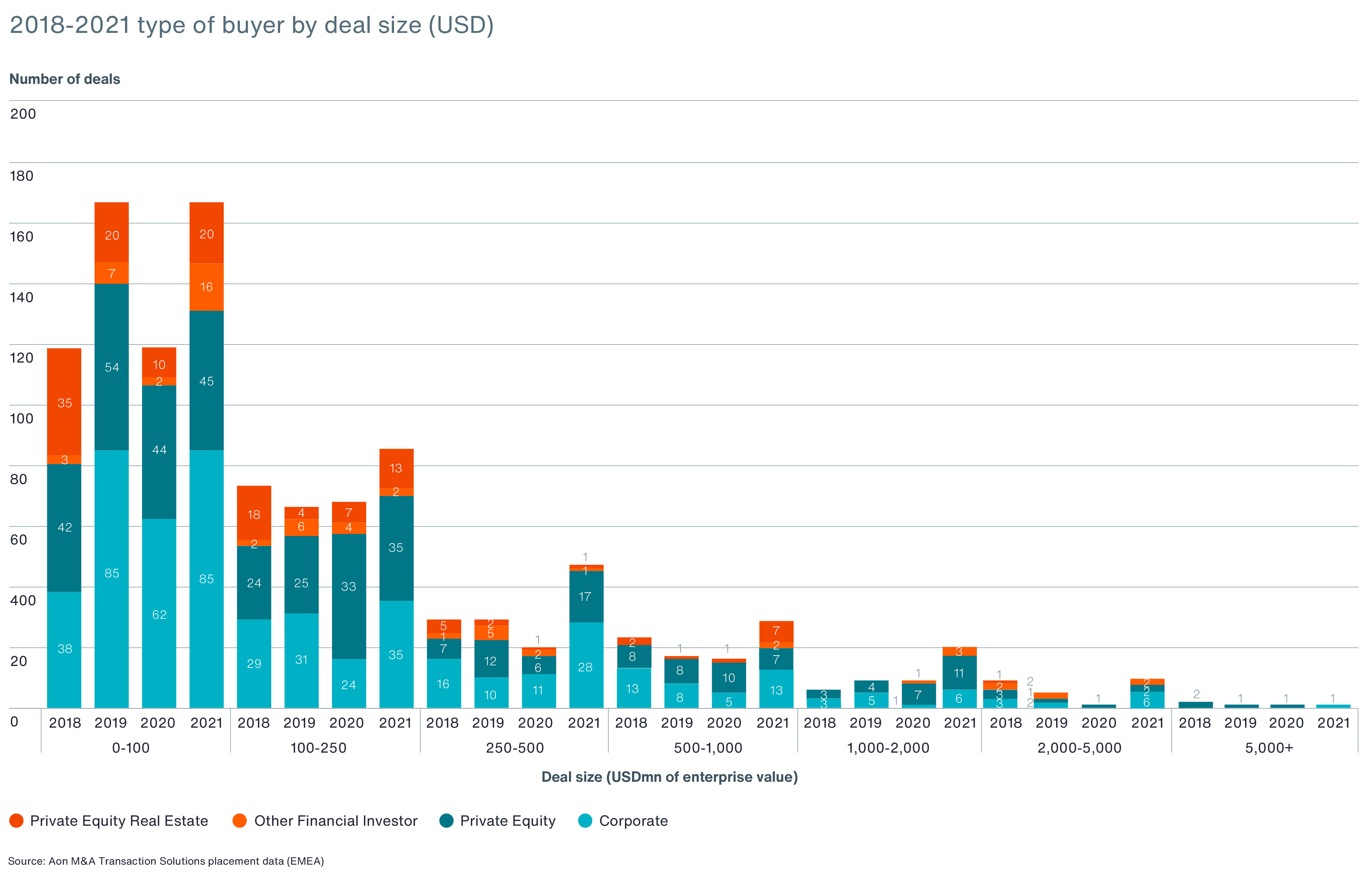Intellectual property (IP), environmental, social and governance (ESG) and cyber are now driving value creation as well as making the deal structure more complex. The risks are evolving at multiple stages of the deal cycle.
‘Going-Public’ Risks
Whichever transaction route is selected, assessing IP value and digital risk is essential if an initial public offering (IPO) is the chosen route. The likelihood of IP litigation increases by 220 percent when a company decides to embark on an IPO, and when an organization has experienced three lawsuits per year prior to its IPO, it will lose 1.25 percent of its market value to litigation each year.1
Undervaluing Intellectual Property at Deal Stage
Detailed assessments of digital performance are often part of the process of valuing a company’s IP. Like plant and property, a company’s IP (including its data, source code, algorithms and other assets) can be assigned a monetary value. IP valuations can be used to secure loans or other financial benefits if the IP collateral is insured. Termed IP financing is increasingly seen as a viable option for companies to raise capital without diluting their equity stakes. Insuring the collateral gives lenders confidence that the IP has been given a fair valuation.
The Digital Future
There was an accelerated move towards digital during the pandemic, which reinforces the vital relationship between technology and competitiveness.

